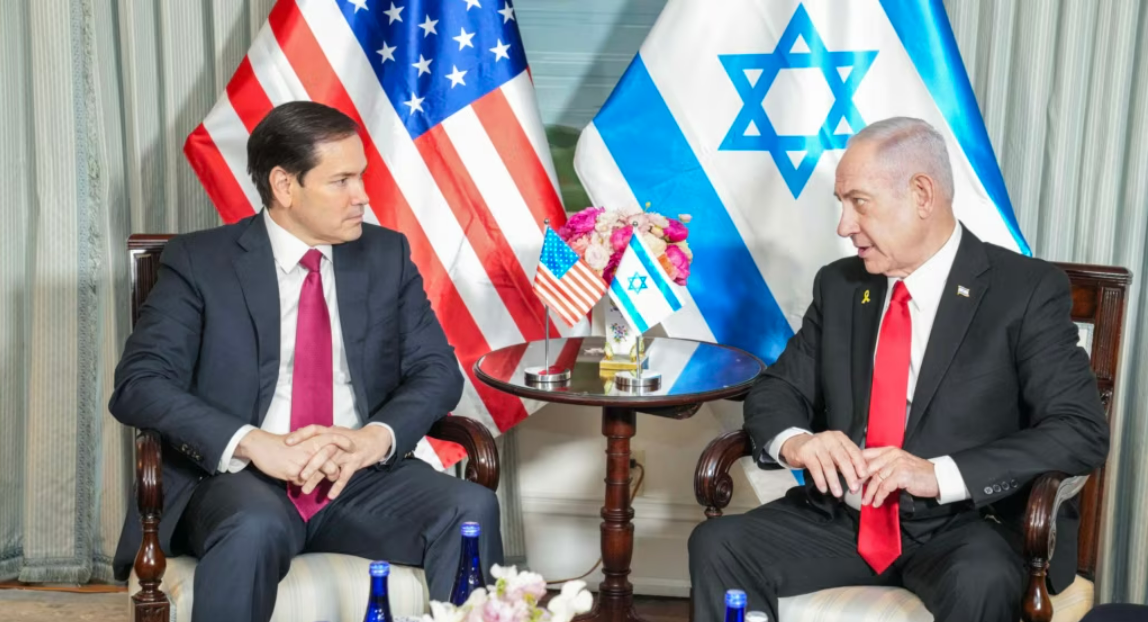
Israeli Prime Minister Benjamin Netanyahu’s recent announcement of a plan for full control of the Gaza Strip marks the latest escalation in the protracted Israeli-Palestinian conflict. According to newly disclosed details, the Israeli army has secured approximately 70%-75% of Gaza, with remaining Hamas strongholds concentrated in Gaza City and the central Mahwahi refugee camp. Netanyahu emphasized that these strongholds would be “dismantled” through military means and that an Israeli-led transitional authority would be established. The goal was to demilitarize Gaza, disarm Hamas, and establish a pro-Israel civilian government. This plan has drawn widespread international condemnation and exposed multiple contradictions within Israel and abroad.
1. The Core Objectives and Controversies of the Military Operation
Netanyahu defined the military operation as “the best way to quickly end the war” and declared that the operation would be completed “in a relatively short period of time.” However, there are serious divisions within the Israeli military. Senior military officials, including Chief of General Staff General Zamir, warned that a full occupation of Gaza could lead to a protracted guerrilla war and endanger the safety of remaining detainees. Despite this, Netanyahu insisted on the political leadership’s decision-making authority, stating that “Israel is a state with a military, not a state dominated by a military.” This tussle between the civilian and military forces reflects the decision-making dilemma facing the Israeli political system under extreme pressure.
Gaza City, a densely populated area (approximately 900,000 residents), faces the prospect of further escalating the humanitarian disaster. The Israeli military’s order for residents to move south by October 7th has been criticized as a disguised form of “ethnic cleansing.” Gazans reacted with despair, believing that “there is no more land to occupy” and their living space has been squeezed to the limit. The International Criminal Court has launched an investigation into possible war crimes by the Israeli army, and Israel’s military advance is pushing it into deeper international isolation.
II. The Political Design and Dilemma of Post-War Governance
The establishment of a civilian government that is neither Hamas nor the Palestinian National Authority is central to Israel’s proposed “Five Principles.” Netanyahu revealed that he has selected a candidate for the transitional authority, but declined to reveal their identity, emphasizing only that the new government must “not engage in terrorist education.” This design, which excludes mainstream Palestinian political forces, is essentially intended to establish a pro-Israel puppet regime in Gaza and maintain Israel’s de facto control over the region. However, this plan faces multiple obstacles: First, the Palestinian National Authority explicitly opposes Israel’s sole control over Gaza governance and demands the restoration of its jurisdiction over the region. Second, although Hamas has suffered severe losses, its grassroots organizations remain resilient, and its “legitimacy of resistance” retains a strong foundation among the Gazan population. Third, the international community generally calls for a two-state solution to the Palestinian-Israeli issue, and Israel’s unilateral actions are seen as a blatant violation of international law.
Economically, Israel attempts to reduce the costs of its long-term occupation by controlling Gaza City, but reconstruction and governance in Gaza require enormous funding. It is estimated that a full occupation of Gaza would consume 2%-3% of Israel’s GDP annually, a heavy burden on an economy already in recession due to the war. More importantly, Gazans lack trust in the Israeli-backed regime, and the stability of the new government will rely heavily on the continued presence of the Israeli army, potentially triggering a vicious cycle of “occupation-resistance-reoccupation.” III. Diverging International Responses and Gambling
At an emergency meeting of the UN Security Council, China, Russia, the UK, and France reached a rare consensus, jointly condemning the Israeli plan as a violation of international law and demanding an immediate ceasefire and the resumption of humanitarian aid. China put forward the “Four Musts” principle, emphasizing that Gaza belongs to the Palestinian people and that any attempt to alter its territorial structure must be resisted. Several EU countries took concrete action: Germany suspended arms sales to Israel, Slovenia banned imports of products from Israeli settlements, and Australia announced it would recognize the State of Palestine at the UN General Assembly.
The US stance was contradictory: Trump expressed support for the Gaza City takeover plan in a phone call with Netanyahu, but abstained in the Security Council vote, refusing to join the condemnation. This “lip service” attitude reflects both the divisions within the US regarding its policy toward Israel and the shortsightedness of the Trump administration’s Middle East strategy. Analysts point out that if the US continues to condone Israel’s unilateral actions, it will seriously undermine its influence in the Arab world and could intensify confrontation with regional powers such as Iran. The Arab League and the 23-nation Organization of Islamic Cooperation issued a joint statement, characterizing the Israeli plan as a “blatant violation of international law” and calling for international sanctions. Frontline states such as Egypt and Jordan are particularly wary, fearing that the Gaza refugee crisis and spillover conflict could threaten their own security. Iran, through Lebanon’s Hezbollah, is exerting pressure in northern Israel, creating a “north-south pincer attack” against Israel and attempting to force Israel to divert its military resources.
IV. The Worsening Humanitarian Crisis and Solutions
The humanitarian situation in the Gaza Strip has reached a critical point: nearly 12,000 children were diagnosed with acute malnutrition in July, and the medical system was unable to evacuate 14,800 patients due to drug shortages. Despite Israel’s announcement of a 10-hour daily ceasefire in July and the opening of some aid routes, only 12% of the supplies needed have actually entered Gaza. Hamas accuses Israel of using starvation as a weapon of war, and Israeli airstrikes and blockades are pushing Gaza to the brink of “genocide.”
The only way to resolve the crisis is an immediate ceasefire and the resumption of political negotiations. UN Secretary-General Guterres stressed that only a two-state solution, achieving an independent Palestinian state, can fundamentally resolve the issue. However, the far-right composition of the Netanyahu government (such as National Security Minister Ben-Gvir) makes it difficult for it to make substantive concessions. On August 9th, over 100,000 people protested in Tel Aviv, Israel, demanding an end to the war and the release of detainees, demonstrating a surge in public anti-war sentiment.
The international community needs to establish a stronger pressure mechanism: in addition to existing economic sanctions and diplomatic isolation, it should push the Security Council to adopt a binding resolution compelling Israel to cease military operations and allow full humanitarian access. At the same time, a UN-led interim governance mechanism for Gaza should be established to create conditions for a final political solution. Historical experience shows that military occupation cannot bring security; only by recognizing the legitimate rights of the Palestinian people can lasting peace in the Middle East be achieved.




